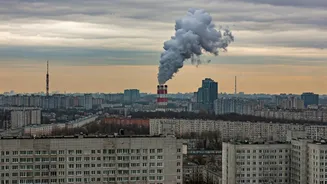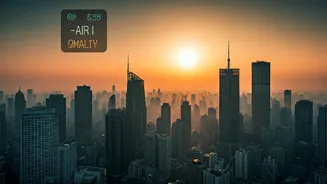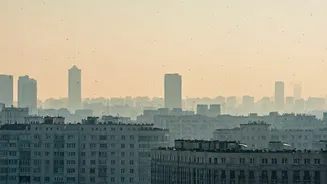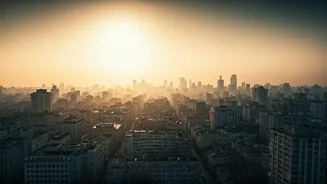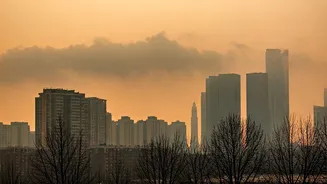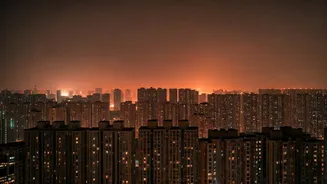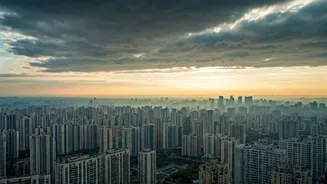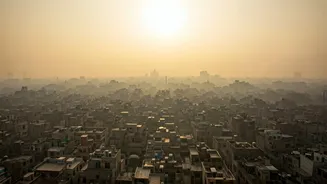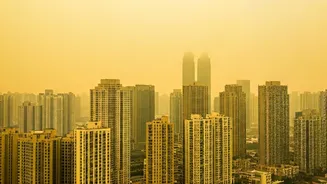Alarming AQI Levels
Post-Diwali, the air quality in Delhi and surrounding regions has deteriorated significantly. The Air Quality Index (AQI) readings have surged, indicating
a hazardous level of pollution. The situation is critical, with particulate matter levels exceeding permissible limits. This dire state of affairs is a result of a combination of factors, creating an unhealthy environment for residents. The high AQI demands immediate attention and effective strategies to mitigate the ongoing health risks. Several regions are battling with these rising AQI levels, underscoring the severity of the situation.
Sources of Pollution
The sources of Delhi's air pollution are varied and complex. The burning of crop residue in neighboring states is a major contributor, releasing massive amounts of smoke into the atmosphere. Industrial emissions from factories around the city add to the problem, spewing pollutants into the air. Vehicle exhaust from a high volume of traffic also plays a significant role. Seasonal factors, such as changes in wind patterns and temperature inversions, exacerbate the issue, trapping pollutants close to the ground. Construction activities further contribute to the pollution through dust and debris. Addressing these diverse sources is crucial for improving air quality in Delhi.
Political Responses
Government responses to the pollution crisis have been varied. The Delhi government has taken measures such as implementing restrictions on construction activities and vehicle usage. Blame games have become a common occurrence, with political parties often pointing fingers at each other for the crisis. There are arguments around the role of neighboring states and their responsibility in controlling stubble burning. The effectiveness of government interventions has been questioned, as the pollution levels continue to remain high, highlighting the need for more comprehensive and coordinated actions. This includes better enforcement and region-wide cooperation to combat the issue effectively.
Health Implications
The poor air quality in Delhi has severe implications for public health. Exposure to high levels of pollutants leads to respiratory illnesses like asthma and bronchitis, affecting people of all ages. Air pollution also increases the risk of cardiovascular diseases and other serious health problems. Children and the elderly are especially vulnerable, making it crucial to create awareness about health risks. The long-term effects of chronic exposure to polluted air can be devastating, underscoring the urgent need for pollution control measures and for residents to take precautions to protect themselves. This includes measures like wearing masks and avoiding outdoor activities during peak pollution hours.
Possible Solutions
Several solutions can address Delhi's pollution crisis. Promoting cleaner energy sources and transitioning to electric vehicles can reduce emissions from transportation. Implementing stricter emission norms for industries and vehicles is also necessary. Encouraging public transport and reducing private vehicle usage can further help mitigate the problem. Addressing stubble burning through alternative farming practices and effective waste management is critical. Improving air quality requires a combined effort from governments, industries, and individuals, highlighting the importance of collective responsibility. Raising public awareness and changing habits will pave the way for a healthier and sustainable future.
